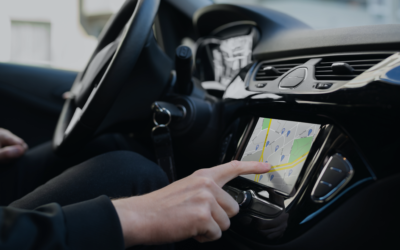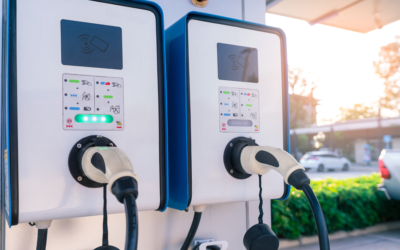In the age of connected vehicles and real-time tracking, telematics has become indispensable for fleet management. However, with the vast amount of data collected—ranging from vehicle locations to driver behaviors—comes the critical responsibility of ensuring data privacy and security. The General Data Protection Regulation (GDPR) sets stringent standards for handling personal data, making compliance not just a legal obligation but a cornerstone of trust and operational integrity.
What is GDPR and Why Does It Matter in Telematics?
The GDPR, implemented in May 2018, is a comprehensive data protection law that governs how personal data is collected, processed, and stored within the European Union. For fleet managers, this means that any data capable of identifying an individual—such as driver locations, driving patterns, and even vehicle usage—falls under GDPR’s purview. Non-compliance can lead to hefty fines and reputational damage.(www.firemon.com)
Key GDPR Principles Relevant to Fleet Telematics
Understanding and implementing the following GDPR principles is essential for fleet operations:(Geotab)
- Lawfulness, Fairness, and Transparency: Data must be processed legally and transparently, with clear communication to individuals about how their data is used.
- Purpose Limitation: Collect data only for specified, explicit purposes and not for unrelated activities.
- Data Minimization: Gather only the data necessary for the intended purpose.(NordLayer)
- Accuracy: Ensure that personal data is accurate and kept up to date.(NordLayer)
- Storage Limitation: Retain personal data only as long as necessary for the intended purpose.
- Integrity and Confidentiality: Implement appropriate security measures to protect data against unauthorized access, loss, or damage.
- Accountability: Be able to demonstrate compliance with all GDPR principles.(Geotab)
Best Practices for GDPR Compliance in Fleet Telematics
To align telematics operations with GDPR requirements, consider the following best practices:
1. Obtain Explicit Consent
Before collecting any personal data, obtain clear and explicit consent from drivers. This includes informing them about what data is collected, how it will be used, and their rights under GDPR.(Geotab)
2. Implement Data Protection by Design
Integrate data protection measures into the development of telematics systems from the outset. This proactive approach ensures that privacy considerations are embedded into every aspect of data processing.(Endpoint Protector, WIRED)
3. Conduct Data Protection Impact Assessments (DPIAs)
For high-risk data processing activities, such as extensive monitoring of driver behavior, conduct DPIAs to identify and mitigate potential privacy risks.(NordLayer)
4. Ensure Data Security
Implement robust security measures, including encryption, access controls, and regular security audits, to protect personal data from breaches and unauthorized access.
5. Maintain Transparent Data Policies
Develop clear privacy policies that outline data collection practices, storage durations, and individuals’ rights. Ensure these policies are easily accessible to all stakeholders.
Summary Table: GDPR Compliance Checklist for Fleet Telematics
| Compliance Area | Action Required |
|---|---|
| Consent | Obtain explicit consent from drivers before data collection. |
| Data Minimization | Collect only data necessary for specific, legitimate purposes. |
| Security Measures | Implement encryption, access controls, and regular security assessments. |
| Transparency | Provide clear information about data usage and individuals’ rights. |
| Data Retention | Define and adhere to data retention policies, deleting data when no longer needed. |
| Accountability | Document all data processing activities and compliance efforts. |
The Role of Fleet Managers in Upholding Data Privacy
Fleet managers play a pivotal role in ensuring GDPR compliance by:(Geotab)
- Training Staff: Educate employees about data protection policies and procedures.
- Monitoring Compliance: Regularly review data processing activities to ensure adherence to GDPR.
- Engaging with Stakeholders: Communicate openly with drivers and other stakeholders about data privacy measures.
Navigating the complexities of GDPR in the realm of telematics requires a proactive and informed approach. By embedding data protection principles into every facet of fleet operations, organizations not only comply with legal requirements but also build trust with drivers and customers alike.
Ready to enhance your fleet’s data security? Explore Traknova’s advanced tracking and compliance solutions designed to keep your operations both efficient and GDPR-compliant.










